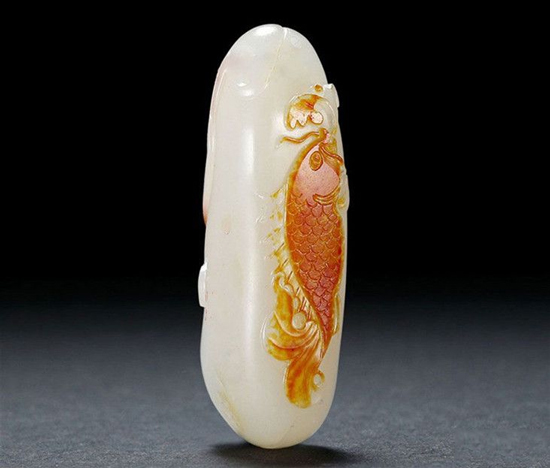The latest archaeological information shows that the jade resources in the western part of the Hexi Corridor have been exploited around the 1000th BC. The Institute of Cultural Relics and Archaeology of Gansu Province believes that the western part of the Hexi Corridor is one of the important sources of jade jade in the early culture of the interior.
The Institute of Cultural Relics and Archaeology of Gansu Province recently released archaeological information on the jade mine site in the western part of the Hexi Corridor. Since 2007, the Gansu Provincial Institute of Cultural Relics and Archaeology and the Peking University Institute of Archaeology and Culture and the Beijing University of Science and Technology have jointly conducted an archaeological survey of the early jade roads, and successively discovered the Baoji jade mine site at the Maji Mountain Trail in Subei, and the Hanyazi jade mine. Ruins and ruins of the Dunhuang Yanxia jade mine. "The situation of rich jade resources and exploitation in this area has been described in "Mu Tianzi Biography", "Shangshu", "Pipe", "Shan Hai Jing", etc." Dr. Chen Guoke of the Gansu Provincial Institute of Cultural Relics and Archaeology said, "BC Before and after the 1000th century, the jade mines in the western part of the Hexi Corridor had been mined until the Han Dynasty, and the scale was huge. There were still small-scale mining in the Ming and Qing Dynasties."

Archaeology shows that the mining pits of the Dunhuang Yuxia jade mine site are open-pit mining, mostly ancient remains, and the upper limit should be around the 1000th BC. The site of the Baobao jade mine was from the Warring States Period to the Western Han Dynasty. The earliest period of exploitation of the Hanyaozi jade mine was the same as that of the Baobao jade mine. The shape of an inclined well was different from other mine pits. The surrounding blue and white tiles were collected. The well was formed during the Ming and Qing Dynasties.
Chen Guoke introduced that a common feature of several jade mines is that the altitude of the area is low, the metallogenic layer is shallow, and the veins have more outcrops. It is different from the situation where the high altitude of the Hetian Yushan material in Xinjiang is difficult to exploit and use. It is convenient for the ancients to find mines and open-pit mining at the outcrops of the mines. This is a major reason why jade resources in the western part of Gansu have been exploited very early.
The Institute of Cultural Relics and Archaeology of Gansu Province believes that the Hexi Corridor area is an important development area for early copper metallurgy in China. The ancestors here have mastered the prospecting and mining technology. The discovery of a large number of copper mines and jade mine sites indicates that the Hexi Corridor area once lived with a group of people with rich experience in prospecting and mining, from copper mining to mining, to jade mining, and different industries in similar fields. Knowledge and experience have a certain accumulation, reference and inheritance. This may be another major reason why jade resources in the western part of Gansu have been exploited very early.
Jade culture is one of the important symbols of Chinese civilization. The study of jade source is an important part of jade culture research. Since the last century, with the archaeological discovery and unearthing of a large number of tremolite jade articles, scholars have begun to explore the source of tremolite in the interior and have turned their attention to the far northwest. Archaeology believes that the tremolite jade produced in the Maji Mountain and the Dunhuang Dry Gorge in Subei belongs to Hetian jade in a broad sense, and may be one of the main sources of raw materials for the Xia, Shang and Zhou Dynasties and Qin and Han jade. The existence of these high-quality tremolite jade materials provides a new basis for re-recognizing the source of jade jade in the early culture of the interior.
Cotton Towel,Cotton Bath Towels,Organic Cotton Towels,Cotton Hair Towel
Hengshui Dahan Textiles Co.,Ltd. , https://www.dahantextiles.com
![<?echo $_SERVER['SERVER_NAME'];?>](/template/twentyseventeen/skin/images/header.jpg)